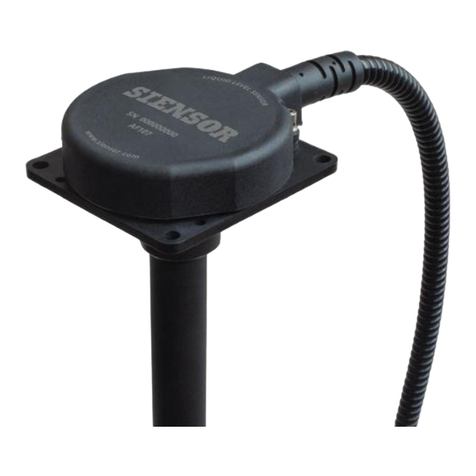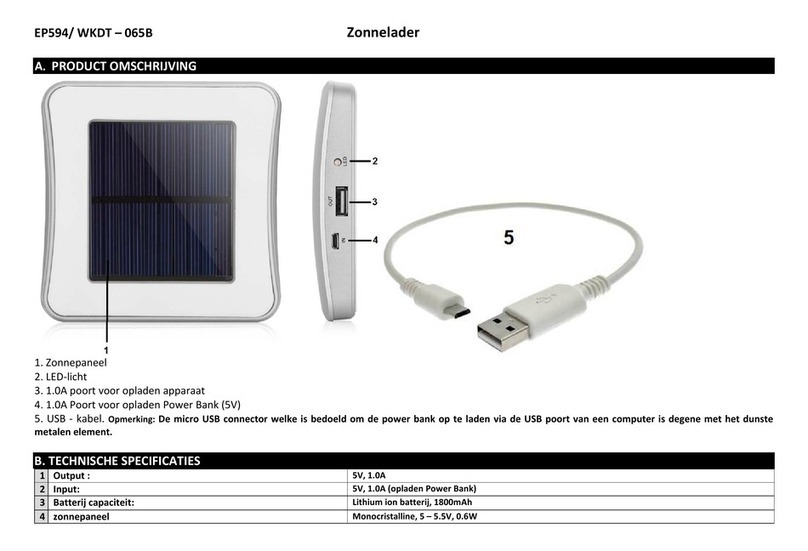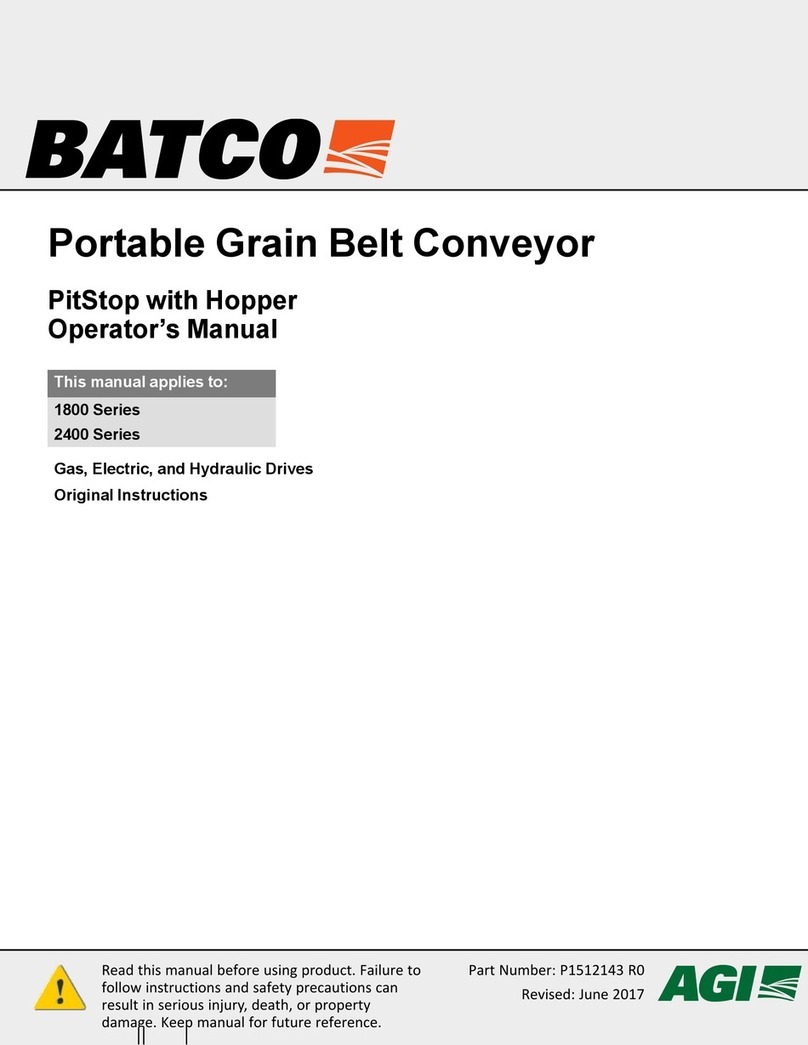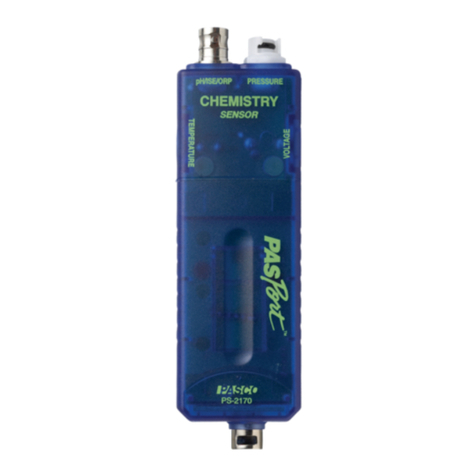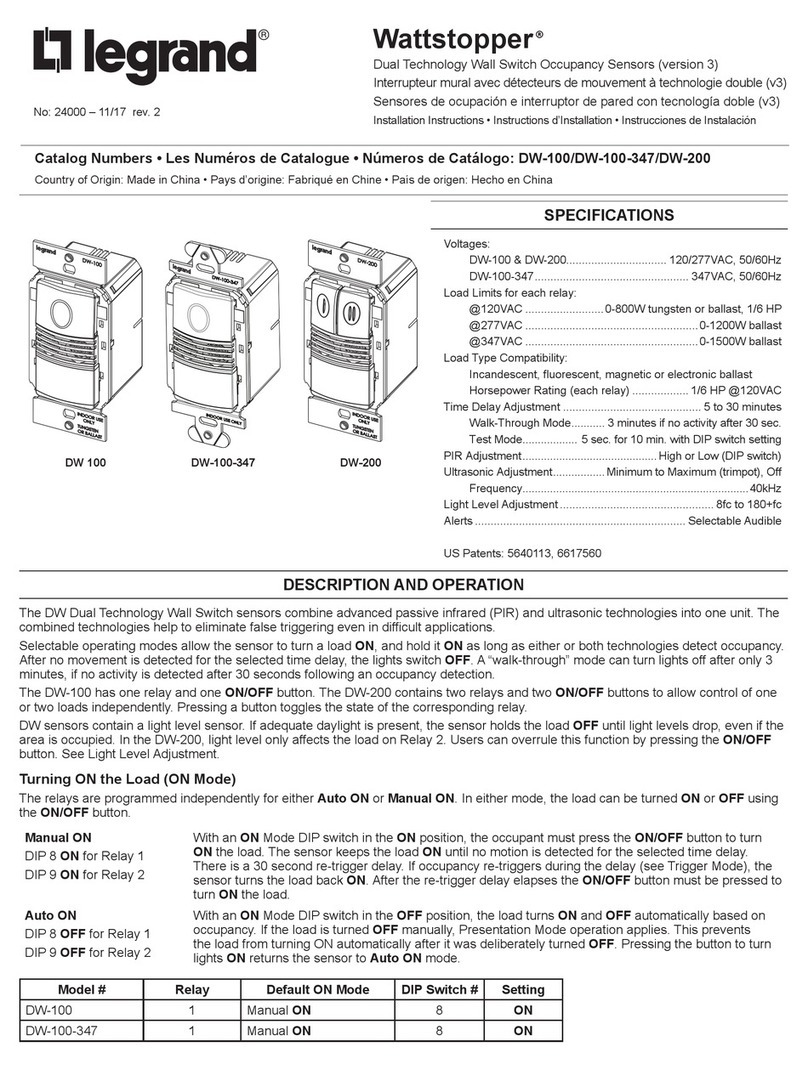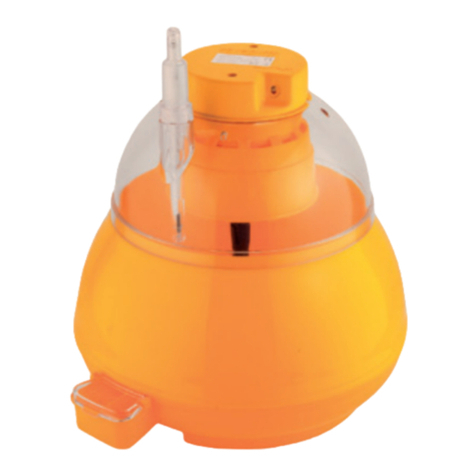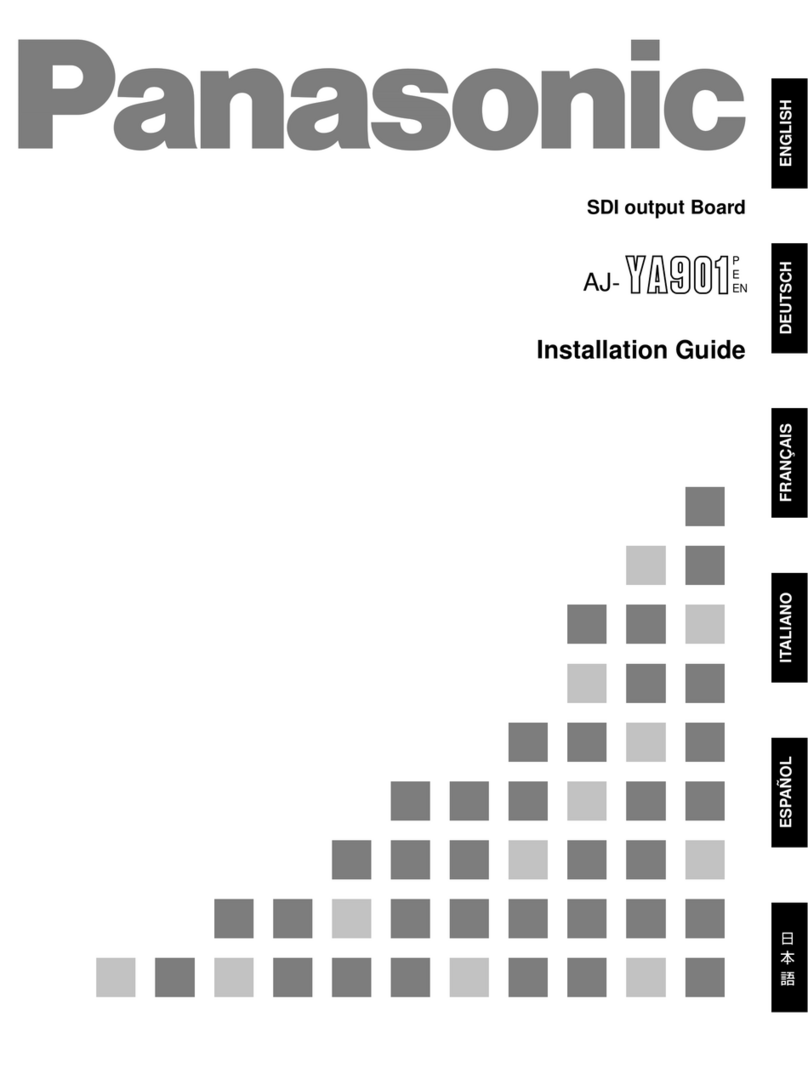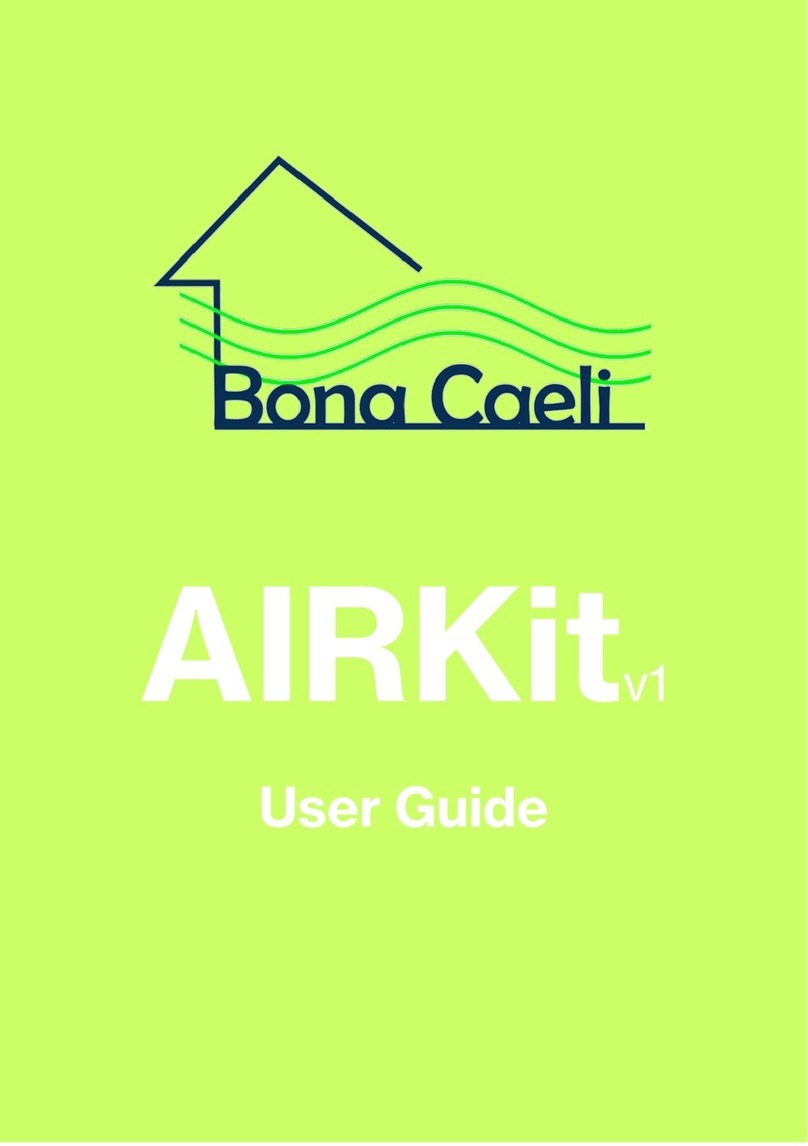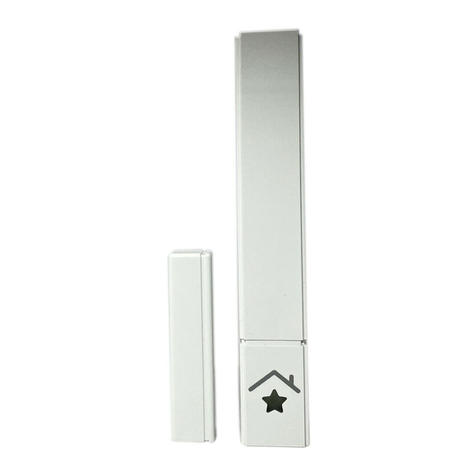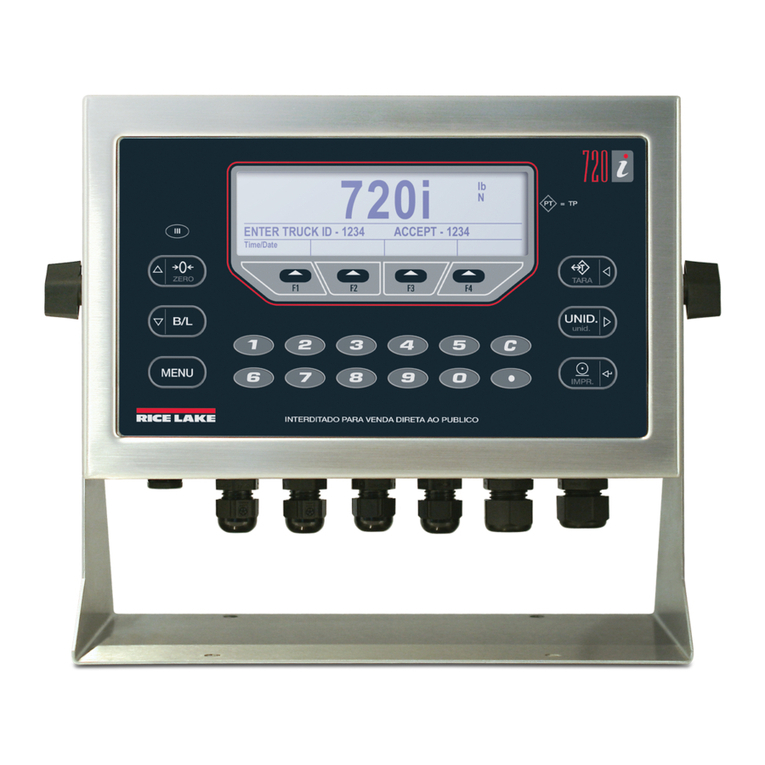Siensor AF107 User manual

PASSPORT
Siensor AF107
Liquid Level Sensor
www.siensor.com
ПАСПОРТ
说明书

2
1. Overview
2. Technical Specications
3. Pacakage Contents
4. Mounting Dimensions
5. Mounting Guidelines
5.1. The Sensor Connector Pin Assignments
for Connection to an External Device
5.2. Connecting the Liquid Level Sensor
to an External Device
5.3. Sealing
5.3.1. Installing a Protective Seal
on the Liquid Level Sensor
5.3.2. Installing a Protective Sealing
on the Connector
6. Opeartion Guidelines
7. Storage and Service Requirements
8. Utilization
3
4
6
9
12
14
15
17
17
17
18
19
19
TABLE OF CONTENTS

3
1. OVERVIEW
The Siensor AF107 liquid level sensor (hereinafter
referred to as LLS) is an intelligent device designed for
accurate measurement of fuel level and temperature
in vehicle tanks and stationary reservoirs, which are
not subject to the explosion protection requirements
for equipment. The Siensor AF107 digital capacitive
sensor converts measured values into an analog
or frequency signal and transmits it to an external
device.
The sensor allows for the measuring probe to be cut
to 20% of its original length.
Changing the length of the LLS measuring probe
might aect the extent of measurement error!

4
2. TECHNICAL SPECIFICATIONS
Table 2.1 Technical specications
* the sensor can take measurements, but with lower accuracy
** the temperature at which the device retains its performance
characteristics
Power supply:
Power supply voltage, V 7 to 45
Power consumption, W:
• typical
• maximum
• at short circuit on an analog output
0.6
0.9
max 1.6
Level measurement:
Measurement interval, sec 1
Relative reduced measurement error, % max ±1.0
Additional relative reduced
measurement error caused by
temperature change over the entire
operating temperature range, %
max 1.2
Analog output:
Output voltage range, V 0…20
DA conversion width, bit 12
Analog output load resistance, Ohm min 2000
Output ripple, % max 0.15

5
Continuation of Table 2.1 Technical specications
Frequency output
Output modulation, % frequency-
pulse
Output frequency range, Hz 30…2000
Maximum frequency output load current
in the "open collector" mode, mA 300
Internal pull-up resistance to positive
power supply voltage, Ohm 1500
General information:
Galvanic isolation strength is no less
than, V 250
Operating temperature, °С –40 to +80
Extended operating temperature range*,
°С –55 to +80
Minimum permissible temperature**, °С –60
Maximum permissible temperature**, °С +85
Dust and water protection IP69К
Mean time between the sensor failures,
h, minimum 100000
Average lifetime, years, minimum 8
Dimensions, mm 125×74×730

6
No Name Quantity
1Siensor AF107 liquid level sensor 1 pce
2LLS cable for connection to an
external device, 7 m 1 pce
3Installation kit 1 pce
4Warranty card 1 pce
5Passport 1 pce
6Box 1 pce
3. PACKAGE CONTENTS
Table 3.1 Package contents

7
No Name Quantity
1Nozzle to the LLS measuring
probe to x it in a vertical position 1 pce
2Nozzle spring 1 pce
3Socket cone-point set screw for
fastening a nozzle with a spring 2 pcs
4Hexagon-head bolt for plugging
an air vent 1 pce
5Fuse holder with a cable 1 pce
62A fuse 1 pce
7Ferrule wire connector (for xing
cable layups) 6 pcs
8Rubber gasket for mounting the
LLS to a gasoline tank 1 pce
9Sealing rubber ring 1 pce
10 Plastic mounting plate 1 pce
Table 3.2 Installation kit

8
11 Metal mounting plate optional
12
Self-tapping countersunk screw
for fastening a mounting plate to
the tank
5 pcs
13
Self-tapping round head screw for
fastening of a mounting plate to
the tank
4 pcs
14
Countersunk head cap screw for
fastening of a mounting plate to
the tank (Phillips slot)
5 pcs
15
Hexagon socket head cap screw
for fastening a mounting plate to
the tank
4 pcs
16 Threaded rivet nuts (zinc-galvanized
steel, М5 6.9х20) 5 pcs
17 Seal 2 pcs
18 Sealing screw (stainless steel, round
head, inner hexagon, M4 thread) 1 pce
Continuation of Table 2.1 Installation kit

9
4. MOUNTING DIMENSIONS
Fig. 4.1
Mounting
dimensions.
The LLS overview

10
Fig. 4.2 Mounting dimensions.
Installation of a mounting plate

11
Fig. 4.3 Mounting dimensions.
The LLS top view

12
5. MOUNTING GUIDELINES
Mounting procedure:
1. Select a place to install the LLS.
2. Prepare the fuel tank for installation.
3. Cut the LLS adjusting it to the depth of the fuel
tank.
4. Congure the LLS using the Siensor Monitor
application.
5. Mount the LLS.
6. Prepare and run a cable to connect the LLS to an
external device.
7. Connect the LLS.
8. Install the fuse.
9. Calibrate the fuel tank.
10. Sealing:
10.1. Installing a protective seal on the liquid level
sensor;
10.2. Installing a protective seal on the connector.
To provide optimum mounting of the LLS and better
tightness with the tank, it is recommended to mount
the LLS using ve holes in the plate center (see Fig. 5.1).

13
Fig. 5.1 Recommended method
of the LLS mounting to a tank
When installing the LLS, observe safety regulations
for automotive vehicle repairs as well as the safety
requirements set by an enterprise.
The detailed installation guidelines are given in the
"User Guide. Siensor AF107 Liquid Level Sensor".

14
5.1 THE SENSOR CONNECTOR PIN ASSIGNMENTS
FOR CONNECTION TO AN EXTERNAL DEVICE
Pin Color Signal
1red PWR
5blue GND
2white A_F
6brown A_GND
3 green RS-485 A
7yellow RS-485 B
4* pink closed to pin 8 inside the connector
8* grey closed to pin 4 inside the connector
Table 5.1 The LLS connector pin assignments
* The contact is used to detect disconnection of the LLS from the
cable for an external device.
Fig. 5.2
The LLS cable for
connection to an external
device
1
5
2
6
3
7
4
8

15
5.2 CONNECTING THE LIQUID LEVEL SENSOR
TO AN EXTERNAL DEVICE
The LLS is connected to an external device in
accordance with the connection diagram (see Fig. 5.3,
Fig. 5.4, Fig. 5.5, Fig. 5.6).
Fig. 5.3 The sample diagram of Siensor AF107 connection to
an external device via a frequency output
Fig. 5.4 The sample diagram of connection Siensor AF107
to an external device via the analog output with a single
common terminal of analog sensors (GND A)
*The Rп resistor can be enabled or
disabled depending on the sensor
settings.
External
device
External
device
On-board power
system or battery
On-board power
system or battery
Circuit
Circuit Circuit
DA converter
Circuit
Siensor AF107
LLS
Siensor AF107
LLS

16
Figure 5.6 illustrates the sample diagram of
connection the LLS to an external device using pins 4
and 8 to control connection integrity with the sensor,
where R is an external or internal pull-up.
Fig. 5.5 The sample diagram of connection Siensor AF107
to an external device via the analog output without a single
common terminal of analog sensors (GND A)
Fig. 5.6 The sample diagram of connection the LLS to an
external device using pins 4 and 8
External
device
On-board power
system or battery
Circuit
Circuit Con
Contact 4 4
Contact 8 8
GND 5
PWR 1
Siensor AF107
LLS
External
device
On-board power
system or battery
Circuit
Circuit
DA converter
Siensor AF107
LLS

17
Fig. 5.7 Installing a protective seal on the liquid level sensor
3. Connect the wire ends and fasten them by the seal.
5.3.2 Installing a Protective Sealing on the
Connector
1. Pass the sealing wire through the holes in the
retainer screw as shown in the gure (see Fig. 5.8).
Fig. 5.8 Installing a protective sealing on the connector
5.3 SEALING
5.3.1 Installing a Protective Seal on the Liquid
Level Sensor
1. Fasten the retainer screw (see 1 in Fig. 5.7).
2. Pass the sealing wire through the holes in the
retainer screw and the sensor housing as shown in
the gure (see Fig. 5.7).
the gure (see Fig. 5.7).
1

18
6. OPERATION GUIDELINES
The ambient temperature must not fall outside the
operating temperature range.
Do not expose the LLS to mechanical damage.
Prevent the installation cable from insulation
damage.
Use the LLS only with liquid oils maintaining their
state of matter in the operating temperature range.
Use of poor fuel might cause the LLS incorrect
operation.
Dielectric permittivity of the measured uid must
be constant. Failure to comply with this requirement
might increase the measuring error.
The detailed service instructions are given in the "User
Guide. Siensor AF107 Liquid Level Sensor".
Fig. 5.8 Installing a protective seal on the connector
2. Connect the wire ends, strain the wire and fasten
the seal.
When sealing, do not allow the wire to slack
between the holes on the connector!

19
7. STORAGE AND SERVICE
REQUIREMENTS
Keep the LLS in a dry, enclosed area. It is
recommended to keep the LLS at temperature of -40
to +80 °С and relative humidity of 30 to 80 % at 25 °С
without condensation.
The LLS can be transported in any enclosed vehicle
and at any distance. The LLS can be transported in a
shipping container at the ambient temperature of 60
to +85 °С in compliance with measures of protection
against impacts and vibrations.
Keep and transport the LLS away from the substances
that cause metal corrosion and/or containing
aggressive additives.
8. UTILIZATION
Internal components (a printed circuit board) and the
LLS cover must be disposed as municipal solid waste.
The sensor housing with the measuring probe and the
cable must be disposed as nonferrous scrap.

20
1. Общие сведения
2. Технические характеристики
3. Комплектность
4. Установочные размеры
5. Указания по монтажу
5.1. Назначение выводов разъема
датчика для подключения к внешнему
устройству
5.2. Подключение ДУТ к внешнему
устройству
5.3. Опломбирование
5.3.1. Установка защитной пломбы
на ДУТ
5.3.2. Установка защитной пломбы
на разъем
6. Указания по эксплуатации
7. Условия хранения и транспортирования
8. Утилизация
21
22
24
24
30
32
33
35
35
35
36
37
37
Table of contents
Languages:
Other Siensor Accessories manuals
Popular Accessories manuals by other brands
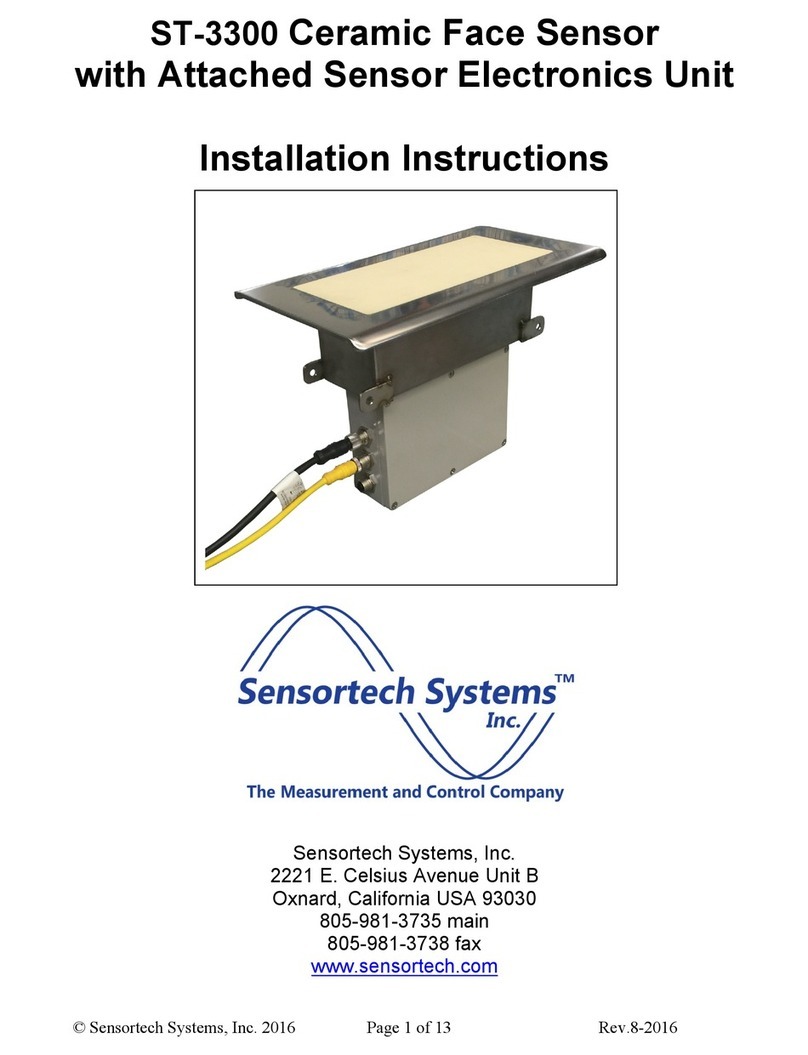
Sensortech Systems
Sensortech Systems ST-3300 Series installation instructions
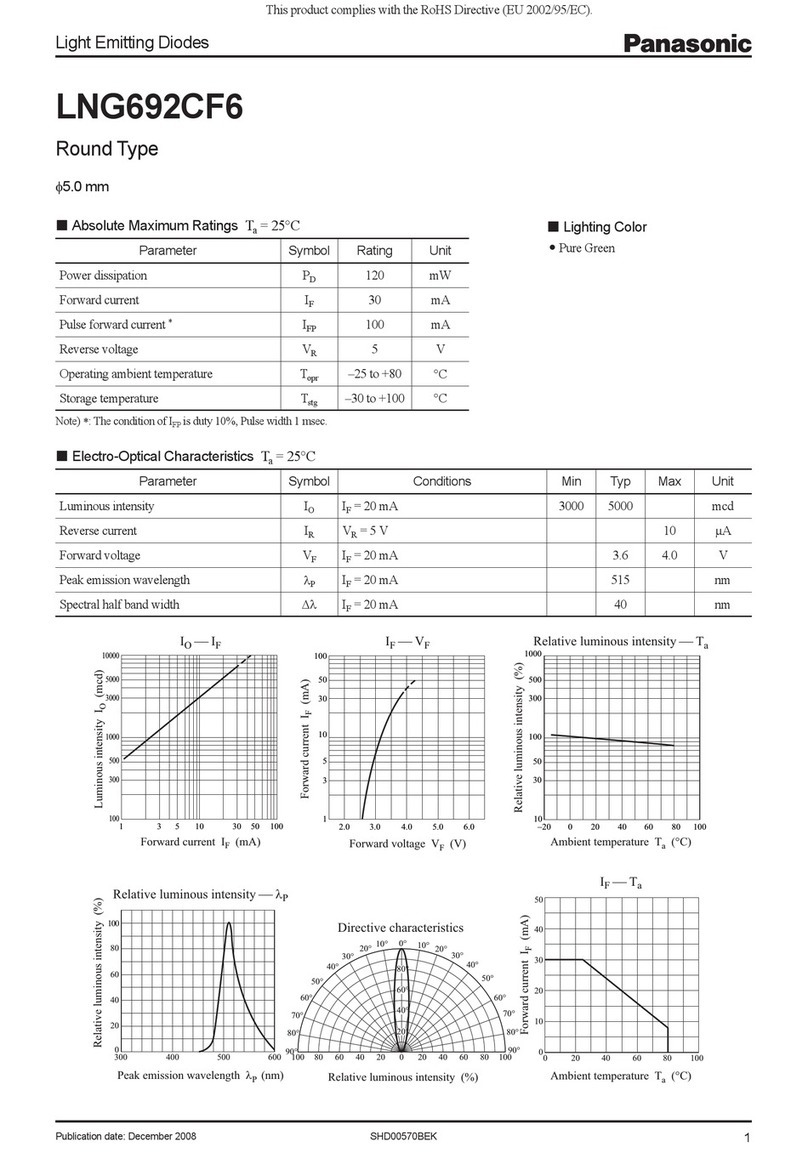
Panasonic
Panasonic Light Emitting Diodes LNG692CF6 Specifications
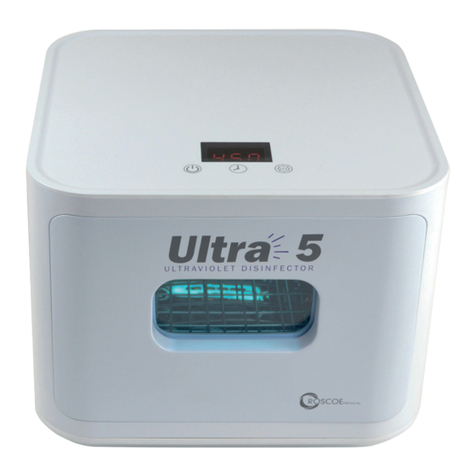
COMPASS HEALTH
COMPASS HEALTH Roscoe Medical Ultra-5 user guide
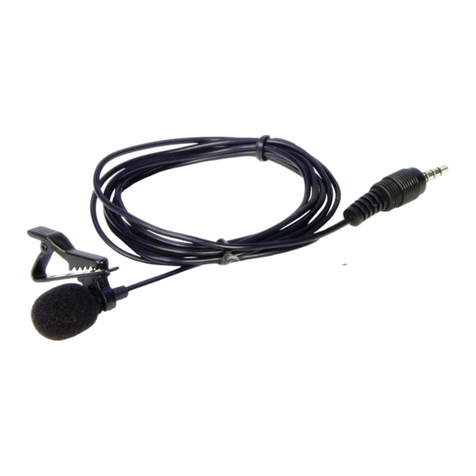
PASCO
PASCO UI-5101 reference guide
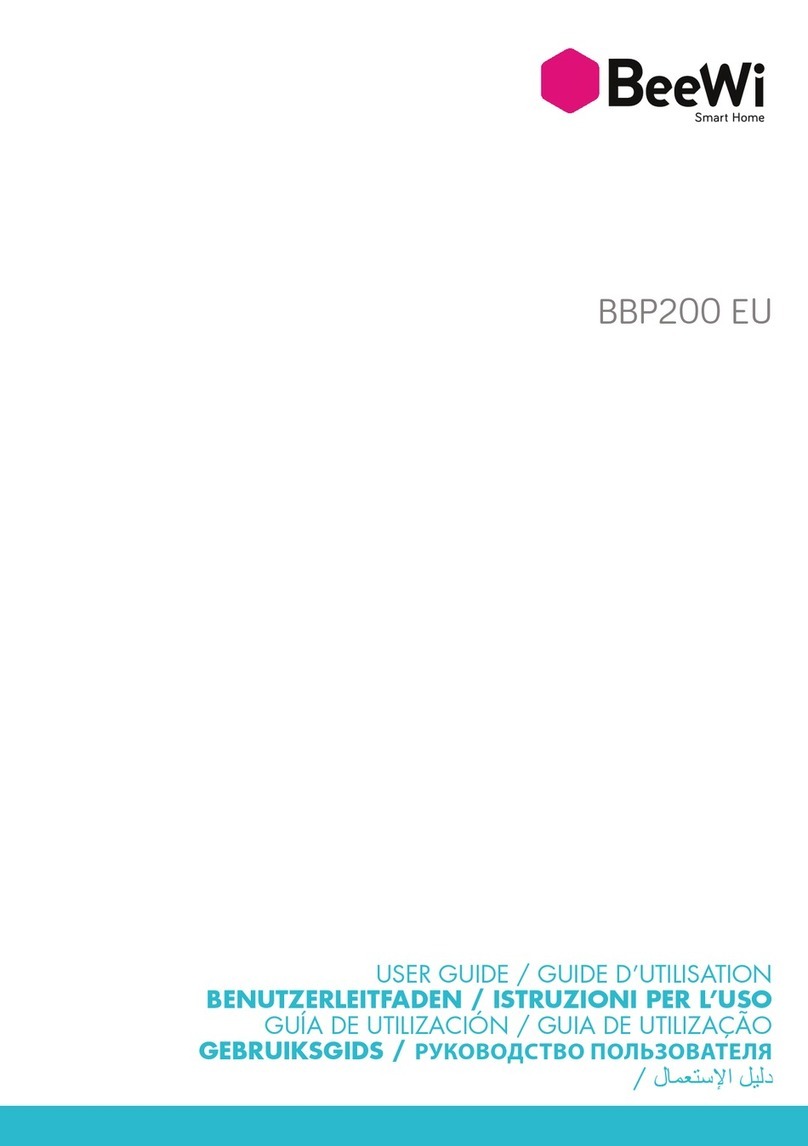
BeeWi
BeeWi BBP200 EU user guide

Panasonic
Panasonic CF-VNP Series operating instructions
